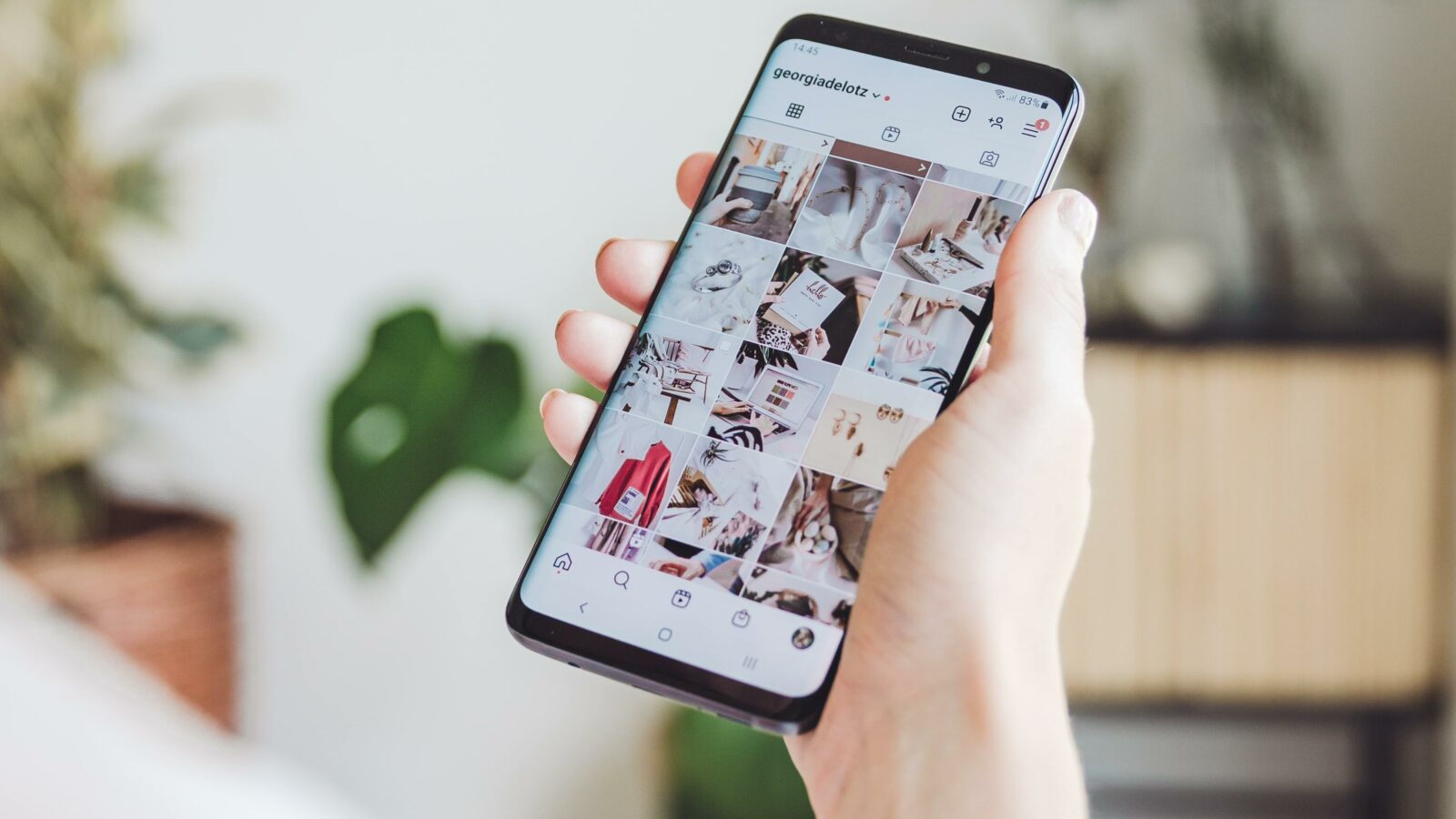1. Authentic Capture
With an increased push for unfiltered, in-the-moment content to counterbalance the polished, sometimes inauthentic nature of channels such as Instagram, Be Real has entered the conversation. The app, which initially launched in 2020, saw increased growth this year with people preferring to post the raw true-to-life version of their day. Tik Tok and Instagram have trialled copy-cat launches, named Candid and Tik Tok Now. What does this mean for the future of your content? Audiences want to see authenticity, so opt for something more authentic to show the real people and values behind the brand.
2. The Metaverse and Augmented Reality
As we head into 2023, the conversation around the Metaverse is louder than ever, with the market projected to generate $70-75 Billion in annual revenue. Although there’s still a way to go until we’re doing virtual supermarket shops with AR headsets on, brands are experimenting with the tech and how it can be utilised. As well as the big tech and gaming brands you’d expect, such as Microsoft, Meta, Apple and Roblox, there’s also been a rise of consumer-facing brands utilising the tech in their marketing campaigns. These include Nike, Gucci, Louis Vuitton, Disney, Coca-Cola, Hyundai and Netflix, to name a few.
Whilst social media platforms have been integrating AR technology since 2017, with the use of filters and lenses, we’ve recently seen a push of monetized AR that takes the tech a step further. Snapchat partnered with Adidas in December 2022 to launch a new Bitmoji fashion collection which gives users access to exclusive merchandise for their Bitmoji character, purchased via Snap Tokens. It’s only the beginning for AR, and we can’t wait to see how brands integrate this into their wider marketing strategies throughout 2023 and beyond.
3. AI Creation Tools
The final quarter of 2022 saw an uprise in AI creation, with tools producing text, visuals and 3D models with the click of a button. The technology brings with it pros and cons; the good - quick, efficient ways of working, from skeleton articles that can be built upon to images used to demonstrate ideas in the early conceptual stages, and the bad… copyright and plagiarism issues, boring and robotic output, the opportunity to use the tools to attack businesses and people (especially on Twitter). It’s certainly an interesting development, and used in the right way AI tools could assist with efficiency, especially in the 3D AR world, but on the flip side we could be left with online spaces that are filled with bland copy, stolen artwork, and in the wrong hands, cyber attacks. It will be important for brands to use the tools with caution and ensure they still rely on a human touch to add creativity, flair and personality to content.
4. Short Form Content Reigns Supreme
The popularity and push of short-form video content continues to rise, as people’s attention spans decrease even further. In response, platforms are adapting algorithms to serve bitesize, digestible pieces of content to users, meaning marketers must work harder than ever to grab attention and stop users mid-scroll. By working short-form videos into social media strategy, brands are able to capitalise on this Tik-Tok effect.
5. Rise of Nano influencers
As more and more consumers rely on recommendations from real people to shape their purchasing decisions, the use of influencers remains essential within a wider social media strategy, when done in a way that is both relevant and mindful to and of consumers respectively. Although influencer marketing with top content creators can be effective when done correctly, it can also feel inauthentic as consumers switch off from covert social media advertising. Insert the nano influencers. The term nano influencer describes creators with a follower count between 1000 and 5000. Although they have a smaller following compared to micro-influencers, they gain a higher engagement rate from their fans and tend to take time to respond to comments, fostering a greater sense of community and trust in their referrals and therefore generating more sales.
Looking to refresh your social and digital strategy in 2023? Get in touch to find out how we can help: info@carouselpr.com

